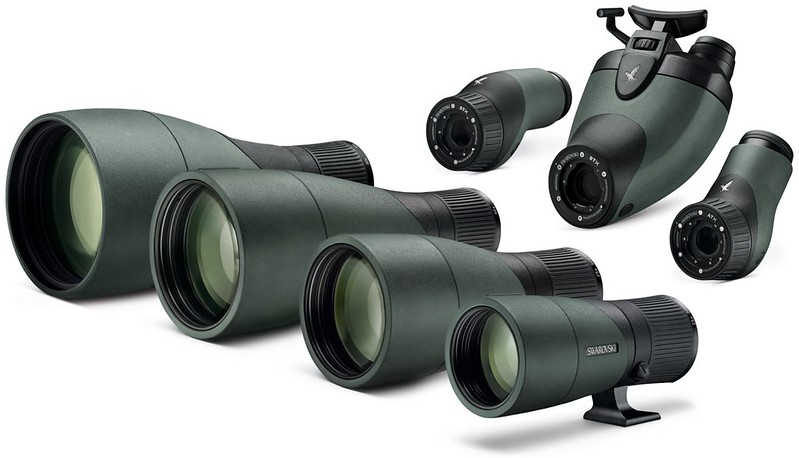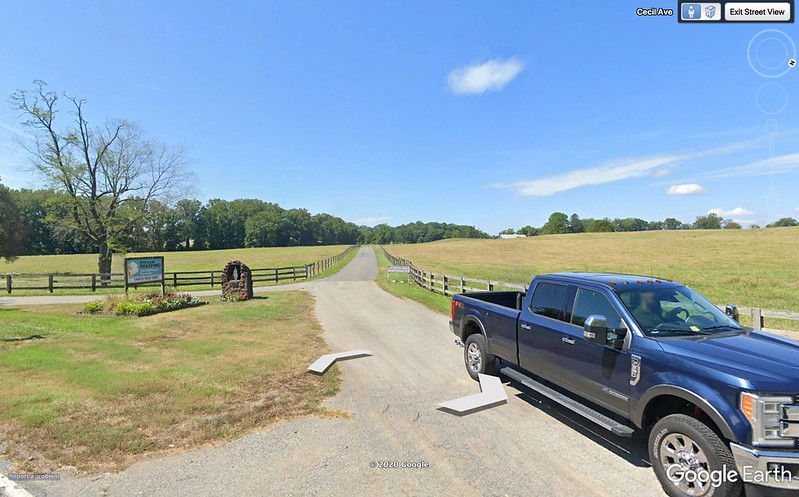Not from Yours Truly. I read a piece prior to the 2017/08/21 total solar that articulated real well the sentiment at which I'd arrived on my own regarding shooting the event. He said that unless you'd armed yourself with fifty thousand bucks worth of gear and had spent months practicing with it DO NOT SHOOT IT. His first had a duration of over eight minutes and he spent all of his time save for one glance fucking with the equipment and had pretty much totally missed the experience. A major regret of his life.
This isn't quite the same 'cause it's nothing that's happening fast - weather permitting you're gonna have a good hour or more - but I don't have the equipment to do this right and somebody who does is gonna be able to post quality shots of what we're all seeing.
I'm using a birding scope assembly which is top quality for its intended purpose but anything I could get would suck compared to what one would get with a proper astronomy scope - preferably at high elevation on a cold night out in a desert far from light pollution sources (which is what I did for the solar). On my 95 I'm zooming between 30 and 70 and those planets (or anything else shiny up there you wanna name) are moving FAST through your field of view - and I'm CONSTANTLY having to retarget. An astronomy scope is gonna track and stop them. (And if you wanna see it REALLY done right talk to Hubble.)
I did an image search and didn't immediately find a great example of what I've been seeing but...
http://www.skyatnightmagazine.com/advice/skills/great-conjunction-jupiter-saturn/
Great Conjunction of Jupiter and Saturn, 21 December 2020 - skyatnightmagazine
http://images.immediate.co.uk/production/volatile/sites/25/2020/11/Jupiter-Saturn-degrees-separation-31a6360-e1606138755258.jpg
 http://live.staticflickr.com/65535/50751331447_1700c1e589_o.jpg
http://live.staticflickr.com/65535/50751331447_1700c1e589_o.jpg
Saturn and Jupiter appear to close in on each other as the Great Conjunction 2020 approaches on 21 December (apparent distance given in degrees and arcminutes). Credit: Pete Lawrence
Took me a minute to understand what that was representing but when I

... OH! (From our perspective on Earth) Saturn chasing, closing on, overtaking Jupiter with things constantly getting lower and headed for fiery deaths in the sunset (which is now getting slightly later).
Yesterday the forecast for the evening was fantastic but for most of the earlier day's duration we were pretty heavily clouded with smallish fast moving stuff. I was doing some work with my two objectives (85 and 95) and needed a target at infinity. Hard to beat the Sun (with solar filters) for that and by early afternoon it was blasting through frequent gaps.
And I got MY FIRST SUNSPOT since shortly after the eclipse three plus years ago. Tiny little black spot that clocked from about 08:24 to 09:36 from my perspective. Hope there's more to come - the Sun can get pretty boring without them.
Got super geared up, prepped, on station with plenty of time to spare. Set up three tripods - Swarovski 95 and 85 and my Canon 10x42 glasses - and had my Leitz 7x42s on hand. Wanted to play with my toys and make my station really hard to miss. And with the max Conjunction the evening before all over the news NOBODY would NOT KNOW what I was doing and why.
Relevant sky area virtually totally clear, zilch wind, very comfortable temperature (as long as you're not thinking about global warming). Saturn was scheduled for 17:07, I got the Conjunction scanning with the (handheld and stabilized) Canon glasses probably shortly after the hour but it was still invisible unaided. And being able to find it with the binocular didn't do you much good for finding it with a scope - minus a fair bit of luck.
But it came into naked eye mode shortly thereafter and all four of my toys got their notches. Jupiter Moons were Ganymede and Io up- and Callisto and Europa down-wind.
And my station very shortly evolved into a minor mob scene. People showing up on foot and in vehicles, everybody getting great shots - Jupiter and Moons; Saturn rings, separation, color.
I was getting a bit nervous though 'cause the Conjunction was getting dangerously low and after a bit I had to reposition thirty yards to the east to stay out of the trees. Then things broke up and I was left with my buddy from 2020/12/17.
Bailed for the cul-de-sac, backed in uphill, bought some clearance over the roof of the house on the south side of the main drag. Kept moving back and up until we were shut down.
Asked my buddy if he wanted to bail with me to the pastures:
39°02'53.22" N 076°39'05.09" W
for the better horizon and he was game. Started doing a quick sloppy breakdown and stowage of my station and a vehicle of three or four from the neighborhood showed with a serious astronomy setup.
I explained the situation and Plan B, they were in, buddy bailed. Hauled ass over, parked, grabbed my 95 gear, crossed to the drive head, couldn't find anything, checked Sky Walk 2. I think we were right at 19:00, Jupiter set was 19:04, and minus a perfect horizon... Game over.
Lesson learned... If you're watching it drop below roof level don't bother trying to get it back at the pastures. If you wanna get another five minutes of Conjunction time then set up at Plan B. But then the neighborhood fans will be mostly shit outta luck.
So we just hung out, played with our toys as best as we could, talked about them and cool sky stuff - like they were all on Sky Walk 2 too.
The Moon was about a day past First Quarter - the obvious target - but damn near straight fuckin' up. I tried but really didn't have a prayer of acquisition. And they had a computer problem with their scope and were also dead in the water for quite some time before getting it sorted out. I took a quick peek and it was like looking into the Sun. Think I got some retinal damage.
If they show up at my station the next few nights with that scope the line behind mine will get a lot shorter. (I myself won't spend much time standing in it.) But I'll keep showing and setting up as long as it's doable at least through the next five nights - after which Saturn crashes and burns. Jupiter will be toast no later than 2020/12/31.
Tonight looking doable.



